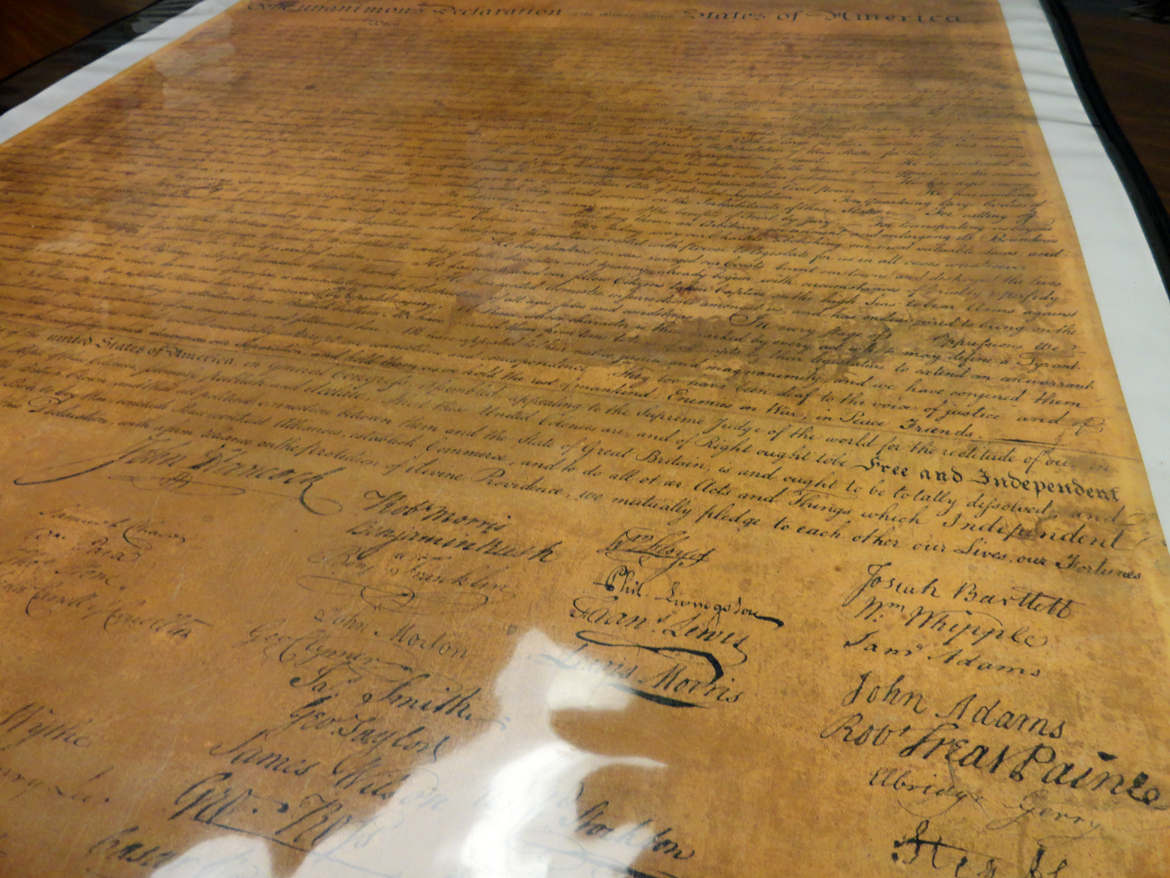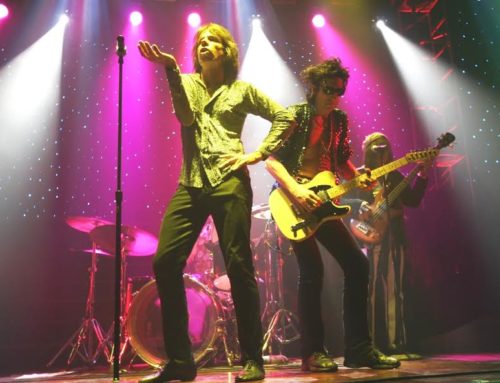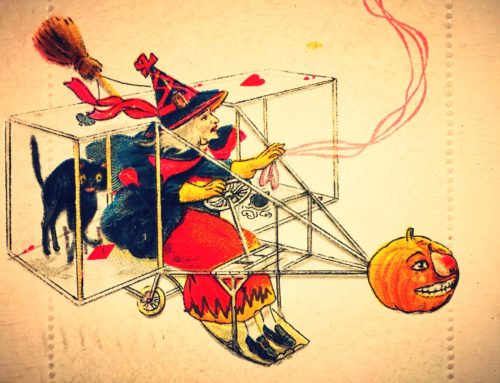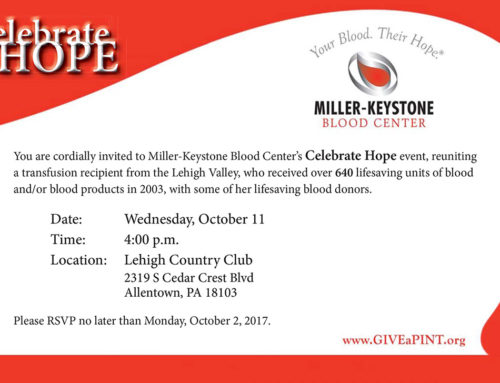
Rare Copy of Declaration of Independence Coming to Easton
Special One Day Exhibit at the Sigal Museum on July 8, 2012
in Commemoration of Easton’s Heritage Day
On July 8, 1776 Robert Levers stood on the steps of the Court House in Easton’s Great Square, and publically read the newly ratified Declaration of Independence, proclaiming the colonies independent of the British Empire. Now, two hundred thirty six years later, a rare copy of the Declaration of Independence returns toEaston on July 8, 2012 to be displayed at theSigalMuseum, on loan from collector, Tom Lingenfelter.
Also included in the Heritage Day exhibit will be original documents from the collection of local business man and President of the Board of Governance of the Northampton County Historical Society, Andy Daub.These documents will include letters and manuscripts from many signers of the Declaration of Independence including two items signed by George Taylor, which are very rare, letters from our first seven Presidents, and documents signed by the Penn Family including William Penn, his father Admiral Sir William Penn and his sons and grandsons.
TheSigalMuseumwill be open from 11am to 5:00pm on Heritage Day, at a reduced Heritage Day Admission of $5. Visitors to the museum will have the opportunity to attend Lingenfelter’s talks about his discovery of the anastatic Declaration and his investigation to discover the source of the printing. Lingenfelter will present his talks at noon, 1:00pm, 2:00pm, 3:00pm and 4:00pm; and walk through viewing of the document will be held on the ½ hour. Thepresentation and viewing of the Declaration of Independence are free as a community service, donations in support of the museum will be gratefully accepted.
The Anastatic Fac-Simile of the Declaration of Independence
Thestory behind Tom Lingenfelter’s acquisition and recognition of the significance of the Anastatic Declaration is a story of serendipity, mystery, and discovery. Browsing through items at a local flea market, Lingenfelter came upon a framed document. Through the dirty, broken glass Lingenfelter saw a darkly varnished copy of the Declaration of Independence. A collector of rare documents, Lingenfelter initially believed this to be a souvenir copy of the Declaration of Independence printed for the Centennial, but decided not to purchase it because the asking price of $125 was too high. But, after consideration, Lingenfelter returned to the booth and purchased the document which he then stored and forgot for many years.
When he did return to the document, the words Anastatic Fac-Simile printed on the bottom left corner led Lingenfelter on a journey to learn about the anastatic printing process. Developed in the 1840’s the anastatic print process used an acid wet transfer system to produce mirror images.These images could be produced quickly upon demand. However, the process damaged the original documents, and was soon replaced with the advent of photography.
As part of his research, Lingenfelter compared his anastatic Declaration to the anastatic Declaration in the collection of theIndependenceNationalHistoricalParkinPhiladelphia. A comparison of the two documents showed them to be identical, although until Lingenfelter shared his research with the Park curator, they had each assumed that their copy was a Centennial souvenir printed in 1846. No other copies of these anastatic fac-similes are known to exist. Comparing the anastatic Declaration to the original Declaration of Independence, Lingenfelter believes them to be identical in all aspects.Theoriginal document however, is barely legible, damage that Lingenfelter believes may have occurred by use of the anastatic process.
Being in possession of what he believes to be a rare copy of the Declaration of Independence, Lingenfelter feels he is in custody of a national historical treasure. “I am continually overwhelmed by the responsibility that has been entrusted to me by discovering what was not known to exist,” says Lingenfelter, “ ‘TheOnly True Copy of the Original Declaration of independence’ – and how close we came to never knowing of its existence.”
A chance meeting atWinterthurMuseuminDelawarebetween Lingenfelter andSigalMuseumcurator, Andria Zaia inspired Lingenfelter to share his document with the Northampton County Historical & Genealogical Society and to place it on exhibit at theSigalMuseumon Heritage Day 2012. Lingenfelter exhibits this rare copy of the Declaration of Independence so that Americans will have the opportunity to view the document as it appeared in its original condition.
The Anastatic Process
The copying of documents from engravings was a slow process, but the invention of anastatic printing in the early 1840’s introduced a way to quickly mass produce copies.
Edgar Allen Poe wrote of the anastatic process in his article “Anastatic Printing” published in the April 12, 1845 Broadway Journal, “Let us take, for example, a page of this Journal; supposing only one side of the leaf to have printing on it. We dampen the leaf with a certain acid diluted, and then place it between two leaves of blotting-paper to absorb superfluous moisture. We then place the printed side in contact with a zinc plate that lies on the table. The acid in the interspaces between the letters, immediately corrodes the zinc, but the acid on the letters themselves, has no such effect, having been neutralized by the ink. Removing the leaf at the end of five minutes, we find a reversed copy, in slight relief, of the printing on the page; — in other words, we have a stereotype-plate, from which we can print a vast number of absolute facsimiles of the original printed page — which latter has not been at all injured in the process — that is to say, we can still produce from it (or from any impression of the stereotype plate) new stereotype plates ad libitum. Any engraving, or any pen-and-ink drawing, or any MS. can be stereotyped in precisely the same manner.”
Poe believed that original documents would remain unscathed from the anastatic process, however, the use of the harsh chemicals did affect the originals, the ink fading after being lifted by acid.
[box] About Northampton County Historical & Genealogical Society
The Northampton County Historical and Genealogical Society was established in 1906 and continues to serve Northampton County PA and researchers throughout the world, by preserving, showcasing, exhibiting, and interpreting its more than 60,000 collection items. The Society maintains four locations in Easton, PA – the Mixsell House Museum at 4th and Ferry Streets, the Jacob Nicholas House Museum at 5th & Ferry Streets, the 1753 Bachmann Publick House at 2nd & Northampton Streets, and the Sigal Museum at 342 Northampton Street. Sigal Museum and Society office hours are: Tuesday through Saturday, 9:30am to 3 pm, Sunday, noon-4pm. The Jane S. Moyer Library for Local & Genealogical Research is located at the Sigal Museum and is open Tuesday through Friday, 9:30am to 3pm. All other locations open by appointment. To learn more, visit sigalmuseum.org
About Tom Lingenfelter
Tom Lingenfelter is the President of the Heritage Collector’s Society, Inc. A dealer in rare and historical documents, Mr. Lingenfelter resides in Doylestown, Pennsylvania. To learn more, visit www.Heritagecs.com [/box]





Leave A Comment